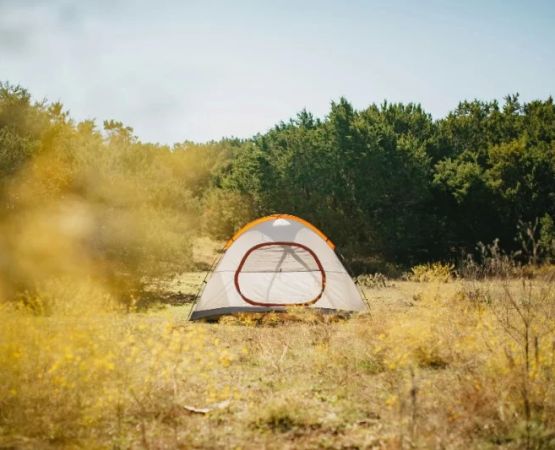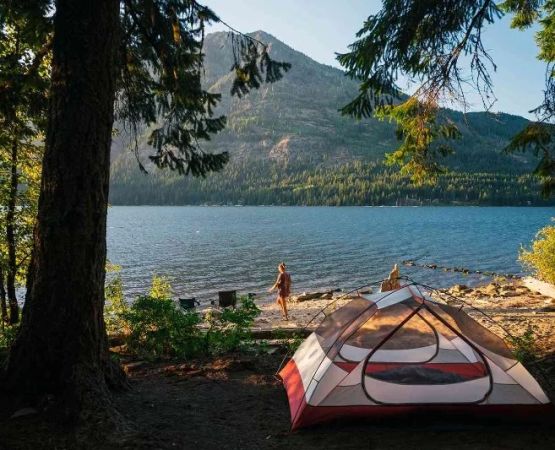Understanding the Difference Between Canister and Liquid Fuel Stoves
Choosing the right camp stove shapes not only your meals, but also the pace and comfort of your outdoor adventure. When campers compare options, the classic debate of canister vs liquid fuel stoves usually takes center stage. Both types have long histories in backpacking culture and have earned loyal followings for different reasons.
A canister stove attaches directly to a pre-pressurized fuel container, often filled with isobutane-propane blends. It’s valued for simplicity—turn the valve, spark the ignition, and the flame appears instantly. Liquid fuel stoves, meanwhile, run on refillable bottles and require priming. They burn fuels like white gas, unleaded gasoline, or kerosene, giving them a rugged versatility that appeals to expedition-level travelers.
As more visitors at places like Pine Cliff Resort plan longer, more varied trips, understanding these differences becomes essential to building a kit that works year-round, not just on clear summer weekends.
How Canister Stoves Perform in Real Outdoor Scenarios
The appeal of canister stoves comes from their effortless usability. For casual campers or families who want fast, fuss-free cooking, they’re hard to beat. The lightweight design makes them ideal for backpackers who count every ounce.
Where canister stoves truly shine is in moderate temperatures. They boil water quickly and adjust flames smoothly for simmering. However, in very cold weather, canisters lose internal pressure, leading to weaker flames. Some modern designs mitigate this with pressure-regulated valves or inverted canister systems, but performance can still lag behind liquid fuel in deep winter.
For most weekend hikers visiting scenic spots or staying at Pine Cliff Resort, a canister stove often handles morning coffee, evening soups, and quick meals with zero frustration—making it a popular, beginner-friendly option.
Why Some Campers Still Prefer Liquid Fuel Stoves
Liquid fuel stoves maintain strong output regardless of temperature or altitude, which is why mountaineers and winter campers swear by them. Their refillable fuel bottles reduce waste and make long trips more economical. More importantly, liquid fuel stoves thrive in the rugged conditions where canister pressure fails.
Another big advantage is worldwide fuel availability. If you’re planning a long-distance expedition through remote areas, you’re far more likely to find gasoline or kerosene than a high-quality canister. This reliability gives liquid fuel stoves a permanent place in the packs of serious travelers.
Of course, they require more attention—priming, pump maintenance, and cleaning fuel lines. This added complexity can feel intimidating, but many campers see it as part of the ritual, not an inconvenience.
Real Camping Stories Showing the Difference
A viral post on a major outdoor forum highlighted a dramatic example: A group of college students took a winter trip to the Rockies armed only with canister stoves. Temperatures dropped overnight, leaving their fuel too cold to vaporize properly. Breakfast turned into a long, frustrating wait while the stoves sputtered out repeatedly.
Compare that with a well-known Appalachian Trail blogger who shared how her liquid fuel stove saved her in unexpected snowfall. She described waking up to a frozen water bottle but having a roaring stove within minutes. That experience convinced her that the extra weight was worth the peace of mind.
These stories reveal the practical gap between stove types. They’re not about brand loyalty, but about knowing what conditions you will encounter and choosing gear with intention.
How to Choose the Right Stove for Your Adventure
The best stove isn’t the one with the most features—it’s the one that matches your environment, trip length, and cooking style. To make a thoughtful decision, consider temperature, altitude, meal complexity, and the availability of fuel where you travel.
1. Think about the climate you’ll encounter
For summer camping or moderate fall weather, a canister stove’s convenience wins. For cold winters or frozen mornings, liquid fuel outperforms with consistent heat output.
2. Consider how much gear you want to carry
Backpackers often favor canister systems because they pack small and require no priming. But if you're crossing rugged terrain or traveling internationally, a refillable liquid fuel system gives more independence.
3. Decide what you want to cook
Cooking more complex meals may benefit from the stable platform and flame control of liquid fuel stoves. Quick boil-only routines pair well with lightweight canister setups.
Travelers who visit Pine Cliff Resort and ask staff for guidance are often surprised by how much choosing the right stove changes their overall camping confidence. A thoughtfully chosen stove turns cooking from a chore into a comfortable, even enjoyable ritual—especially when you know your equipment matches your environment.
Whether you’re boiling water for instant noodles or preparing a full skillet breakfast, understanding the strengths of canister vs liquid fuel stoves gives you the clarity to pack smarter and enjoy your adventures with fewer surprises.






